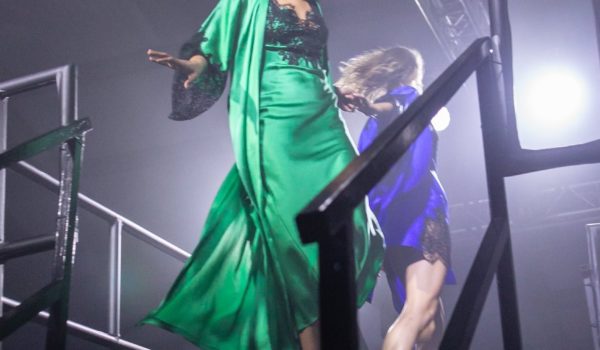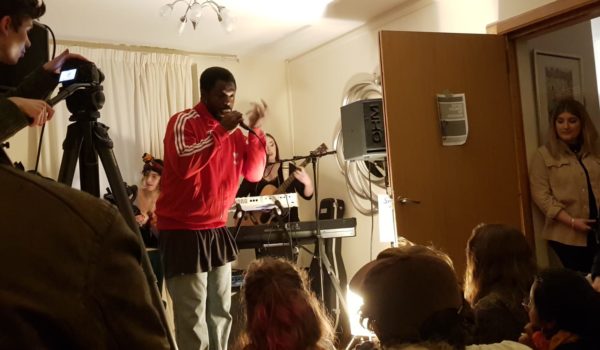Late one evening in March 2016, I went to the cinema to see 10 Cloverfield Lane, knowing practically nothing about the film I was about to watch. Until just a few weeks before its release, nobody (including the cast and crew) even knew the name of the film, and the publicity had given very little away with regard to plot.
105 minutes later, I emerged from the screening room, heart thumping, adrenaline rushing, and the world seemed transformed. Shadows oozed with menace, strangers resembled ominous spectres, and unexpected noises inspired a sharp twinge of fear.
These frayed nerves were the product of Dan Trachtenberg’s gripping psychological thriller, which tells the story of Michelle, a woman who is involved in a violent car crash whilst driving through the night in the wake of a messy breakup. She blacks out, and when Michelle returns to consciousness, she finds herself imprisoned in the grimy basement of a nuclear fallout shelter. Injured and with no means of contacting the outside world, she is entirely dependent upon the sinister benevolence of her captor, Howard, who claims that he has saved her life from apocalyptic events above ground.
I won’t say much more about what happens, because this is a film best seen with as little foreknowledge as possible. Suffice to say then that what follows is a nail-biting, head-spinningly claustrophobic three-hander in which nothing is as it seems. Part thriller, part horror, and with sci-fi inflections, this is a film which revels in wrong-footing the viewer. The instant that we (and Michelle) think we have a grasp of what’s happening, Trachtenberg pulls the rug from beneath us and casts us once more into a maze of paranoia and intrigue.
The performances are terrific. Mary Elizabeth Winstead is magnetic as Michelle, navigating suspicion, steely fury, and outright horror often wordlessly. Opposite her, John Goodman is unnerving as her abductor, whose enigmatic calm defies judgement: are we reading too much into that furrowed brow of his? Is there malice in his eyes, or is it sadness? Further tension is injected by the presence of John Gallagher Jr. as a construction worker who helped to build the bunker. He attempts to bring levity to the murky scenario, but his grating humour merely results in unease.
Sound plays a crucial role throughout the film: Ben McCreary’s hauntingly simple five-note score is chilling; whilst the sound-design is finely tuned to impart maximum tension, rendering even the most innocuous diegetic noises nerve-jangling. If you’re watching this on a laptop then headphones are a must, as so much of the film’s creeping dread is achieved sonically.
There’s a minimalistic elegance to the filmmaking here too, with Trachtenberg giving a masterclass in ‘show-don’t-tell’ storytelling – something which is made clear from the virtuosic opening sequence which sets up the film’s premise with nary a word spoken. Furthermore, Trachtenberg does a great job of drip feeding the audience crucial pieces of information and setting up future events in a way which ensures total narrative clarity whilst never feeling laboured.
Ultimately, 10 Cloverfield Lane is a scary, exhilarating, and thought-provoking psychological thriller. It’s clichéd to say it, but it truly does keep you guessing until the very end. Oh, and once you’ve seen it, you’ll never think about Tiffany’s I Think We’re Alone Now in the same way again…
10 Cloverfield Lane is available on Amazon Prime.








Comments